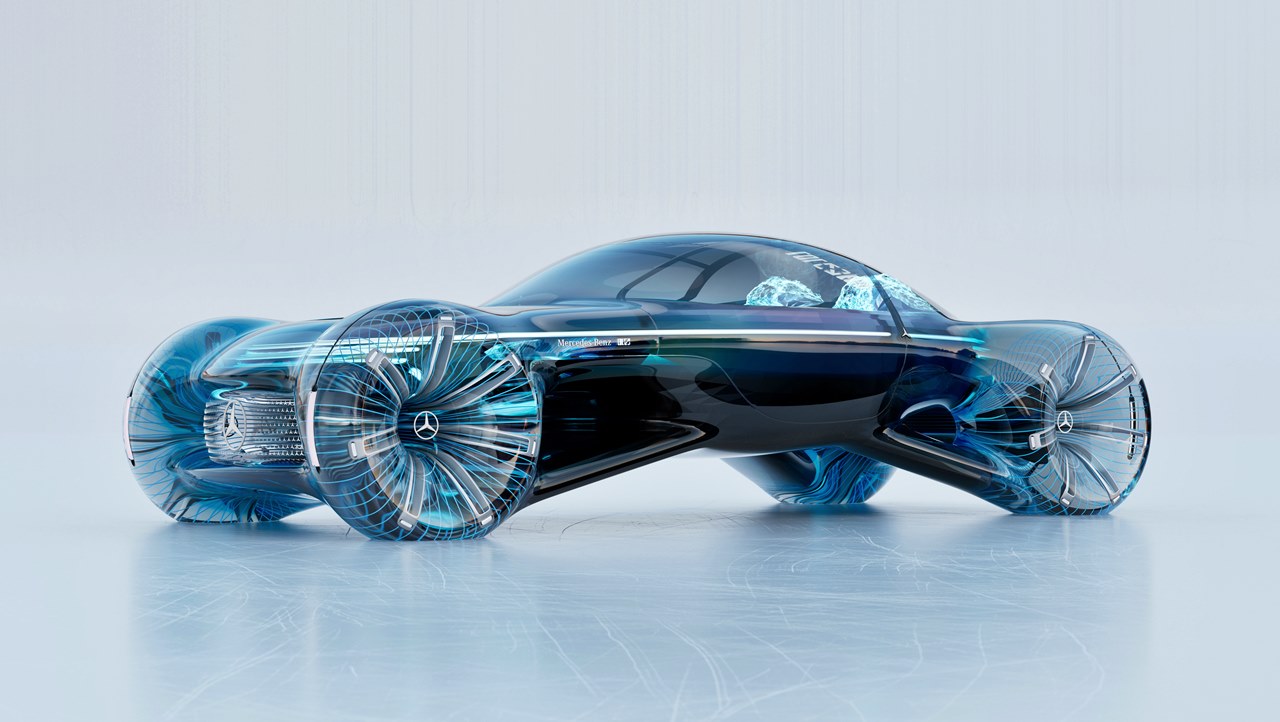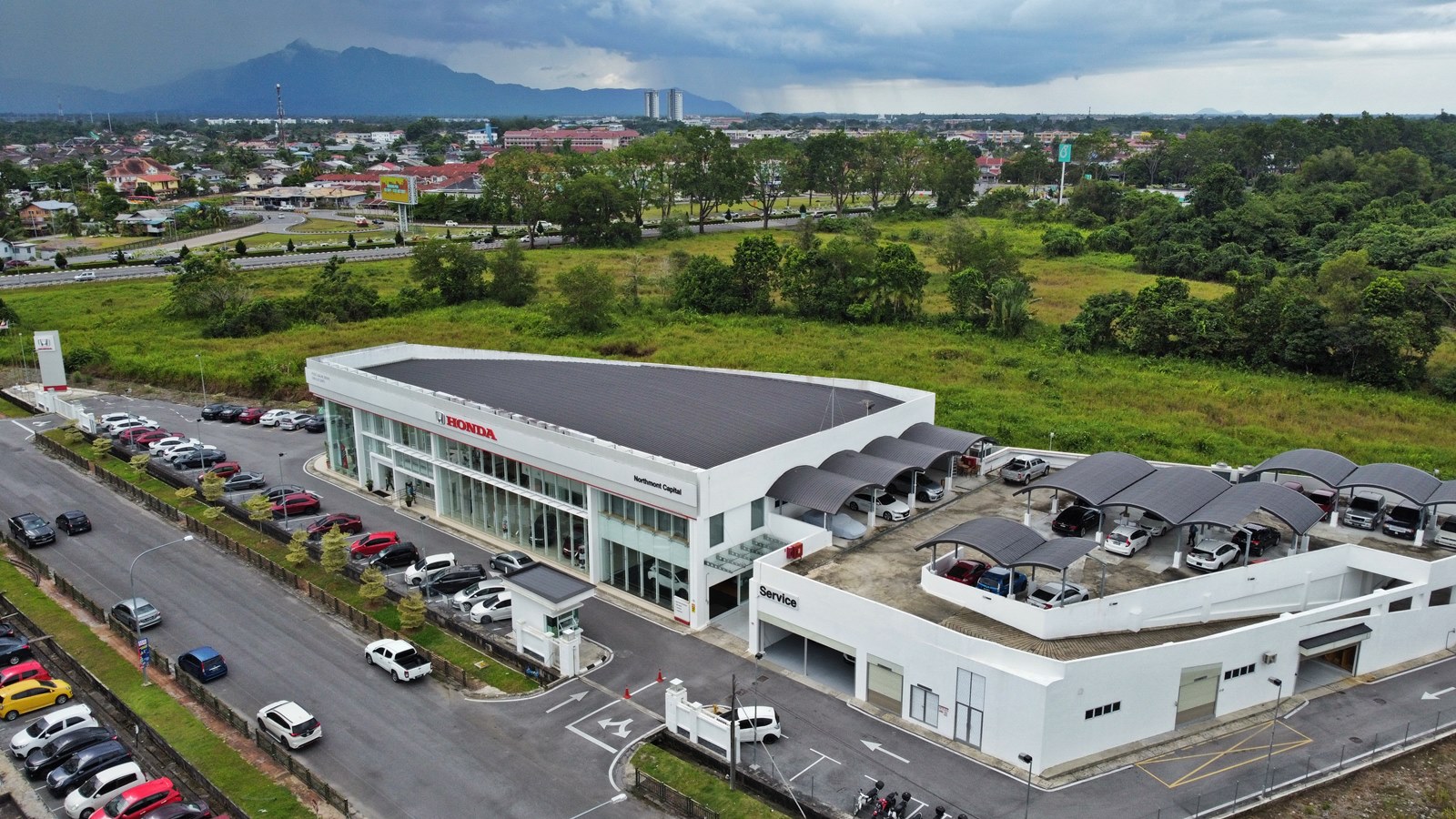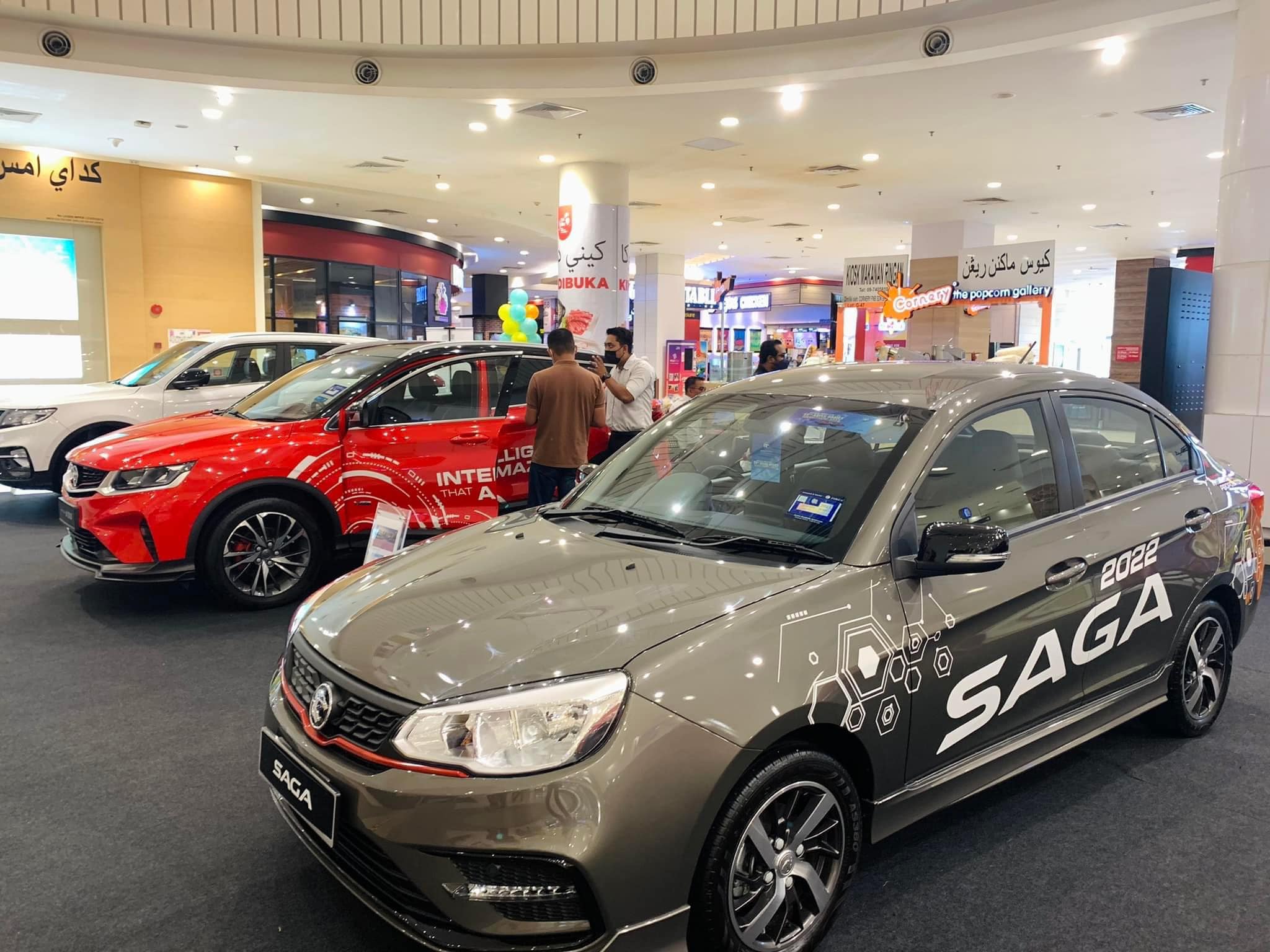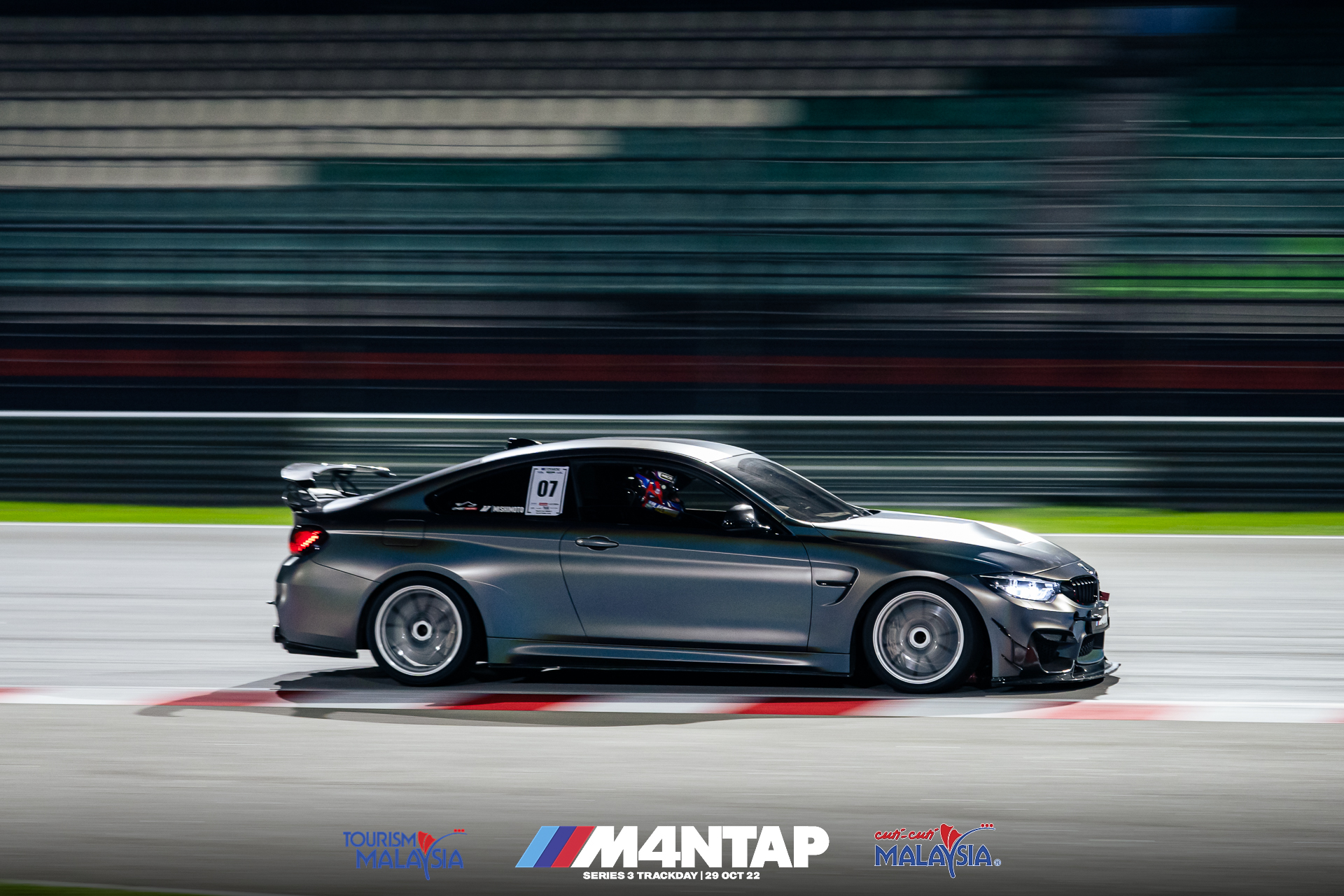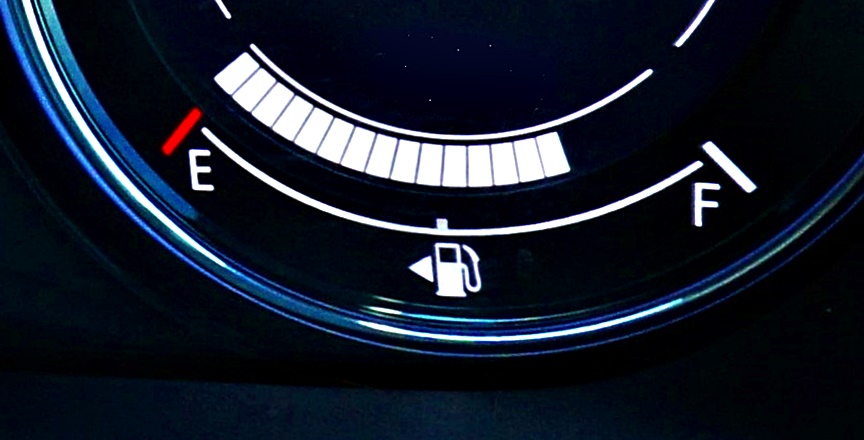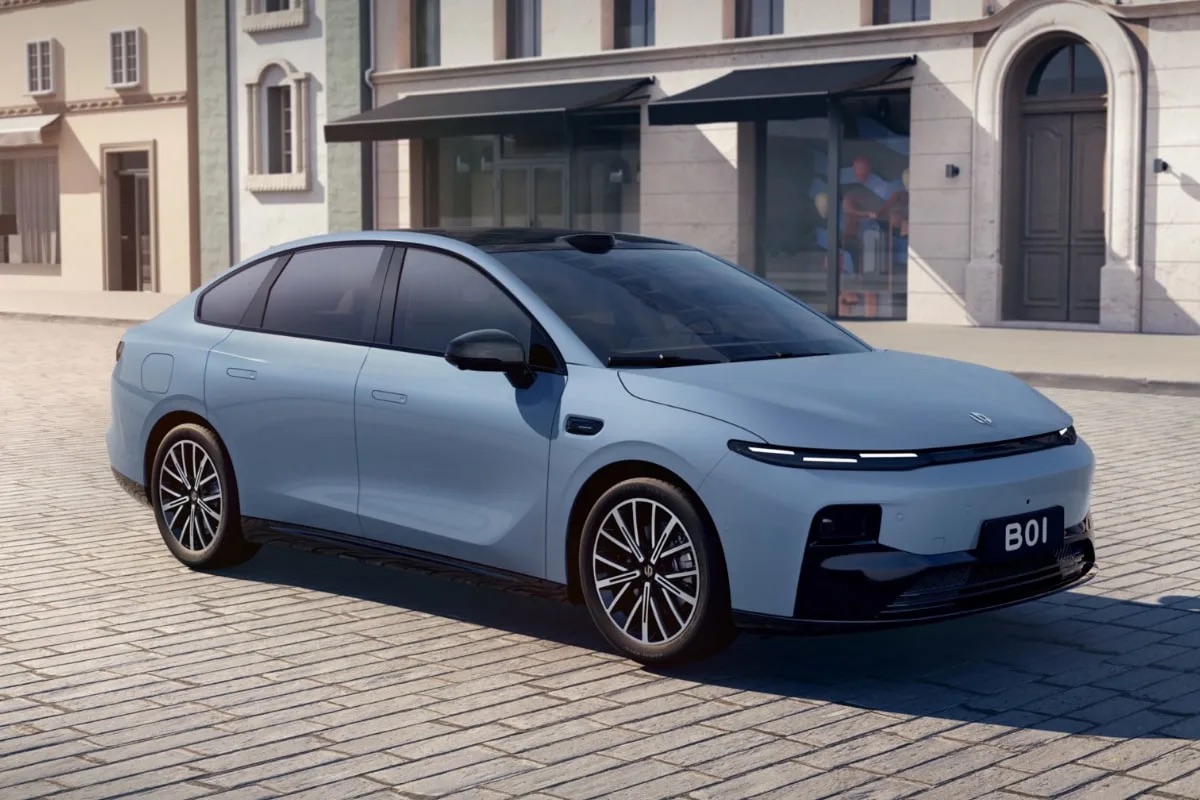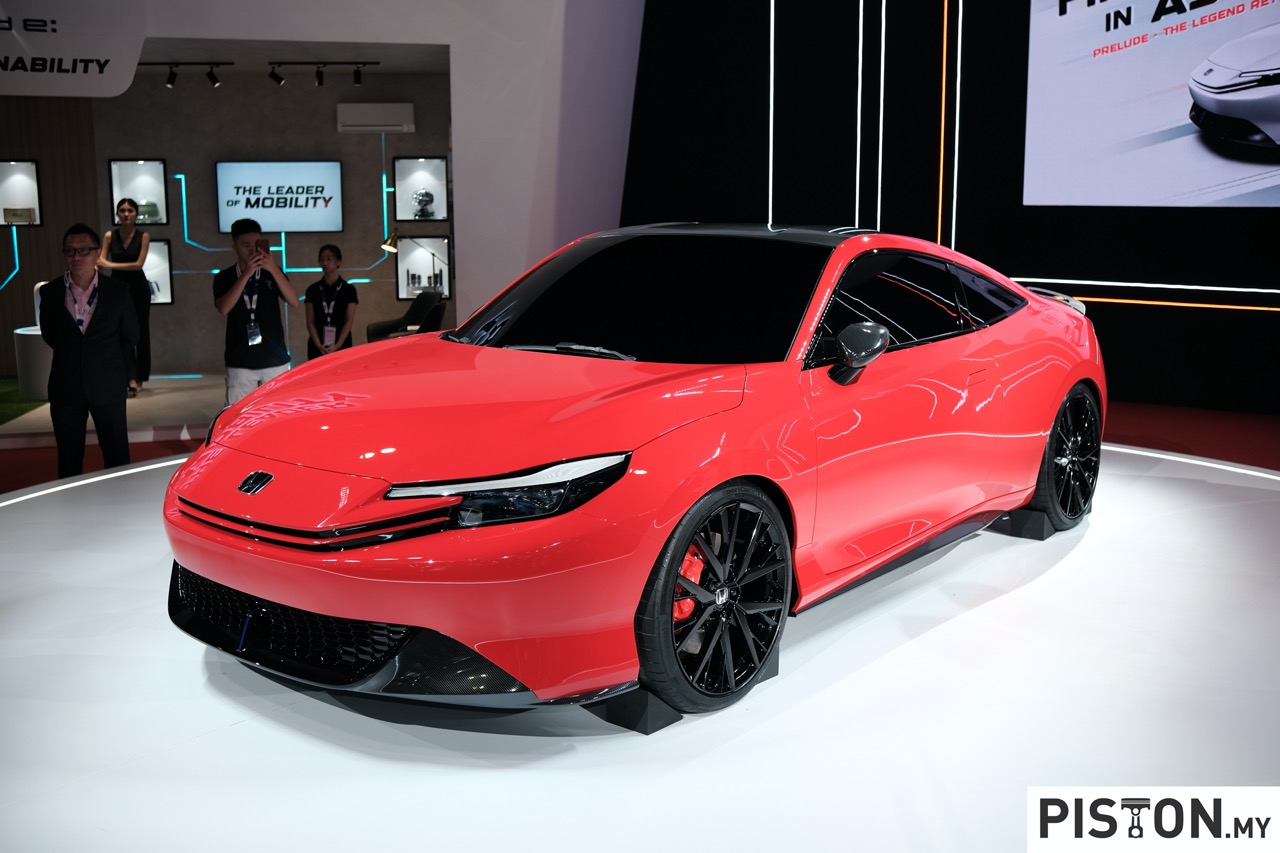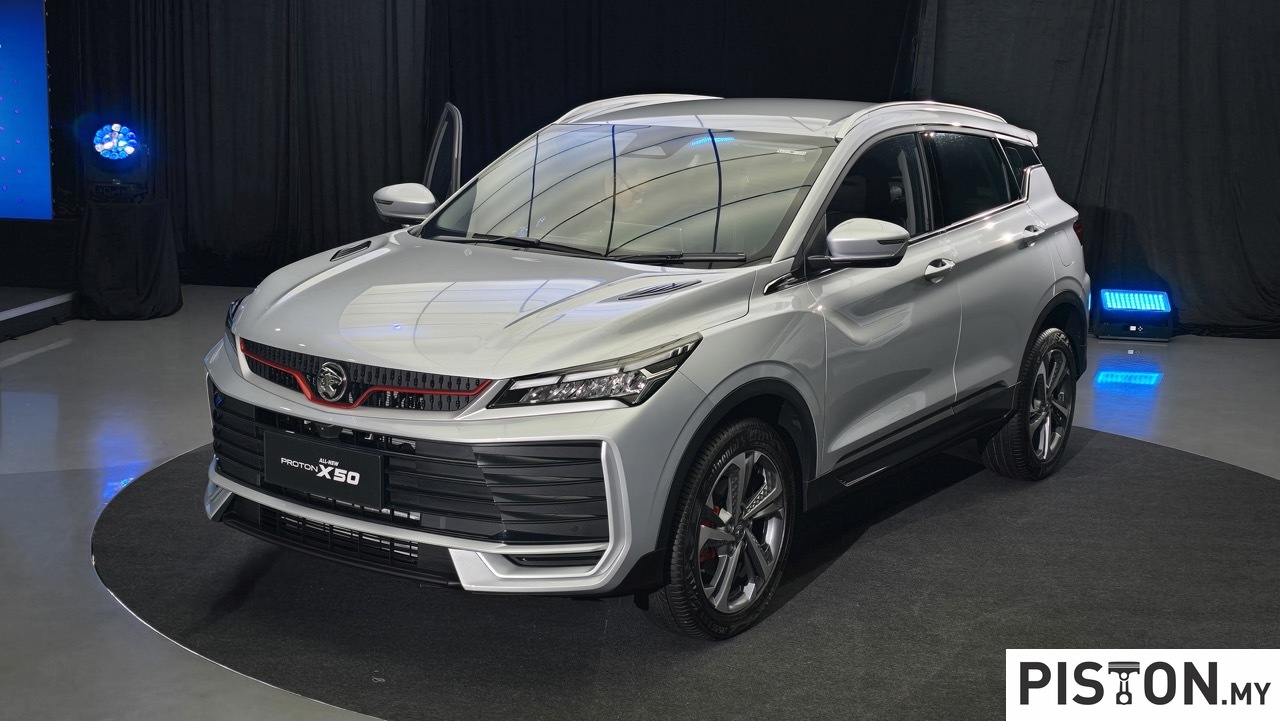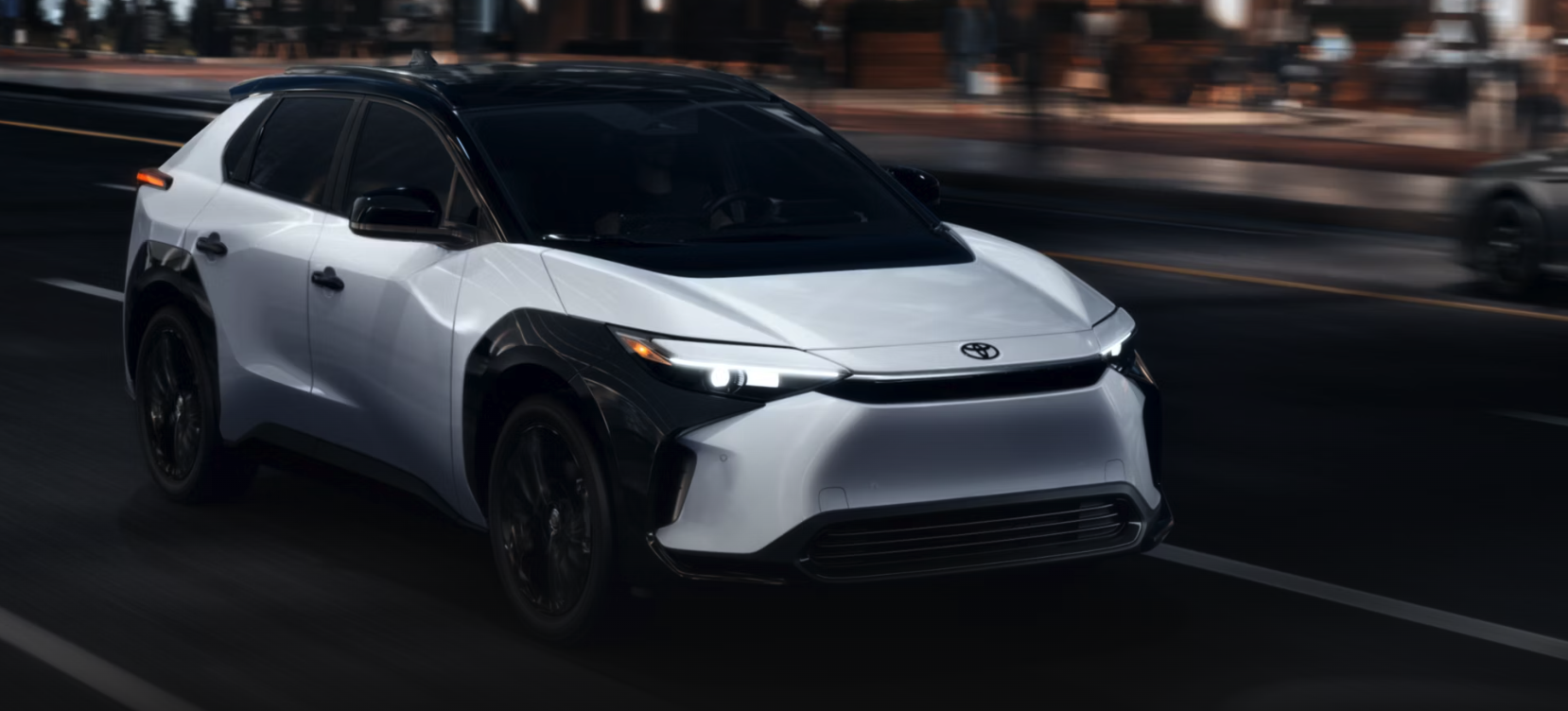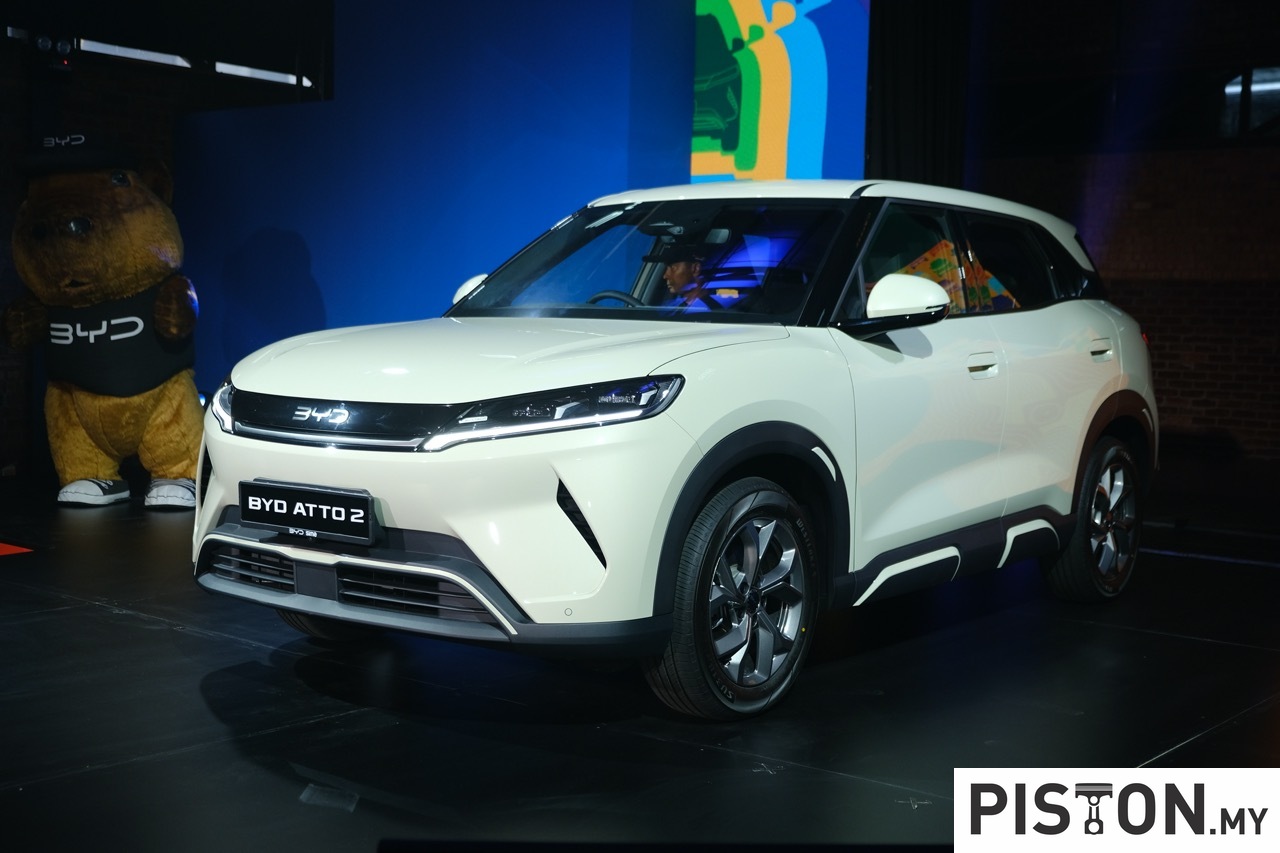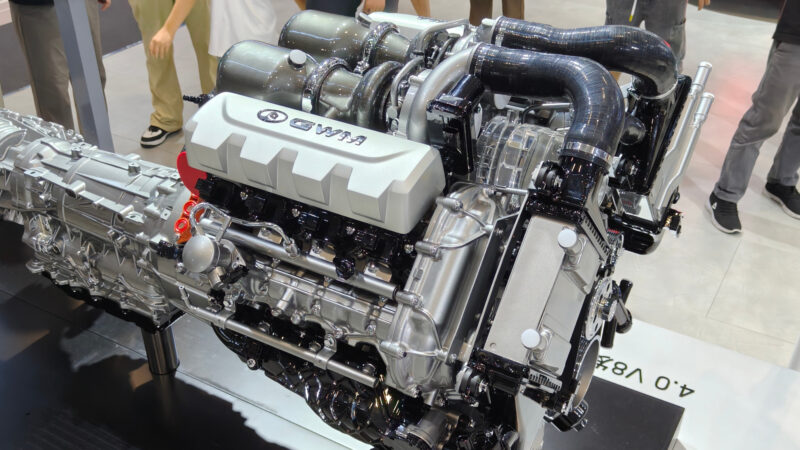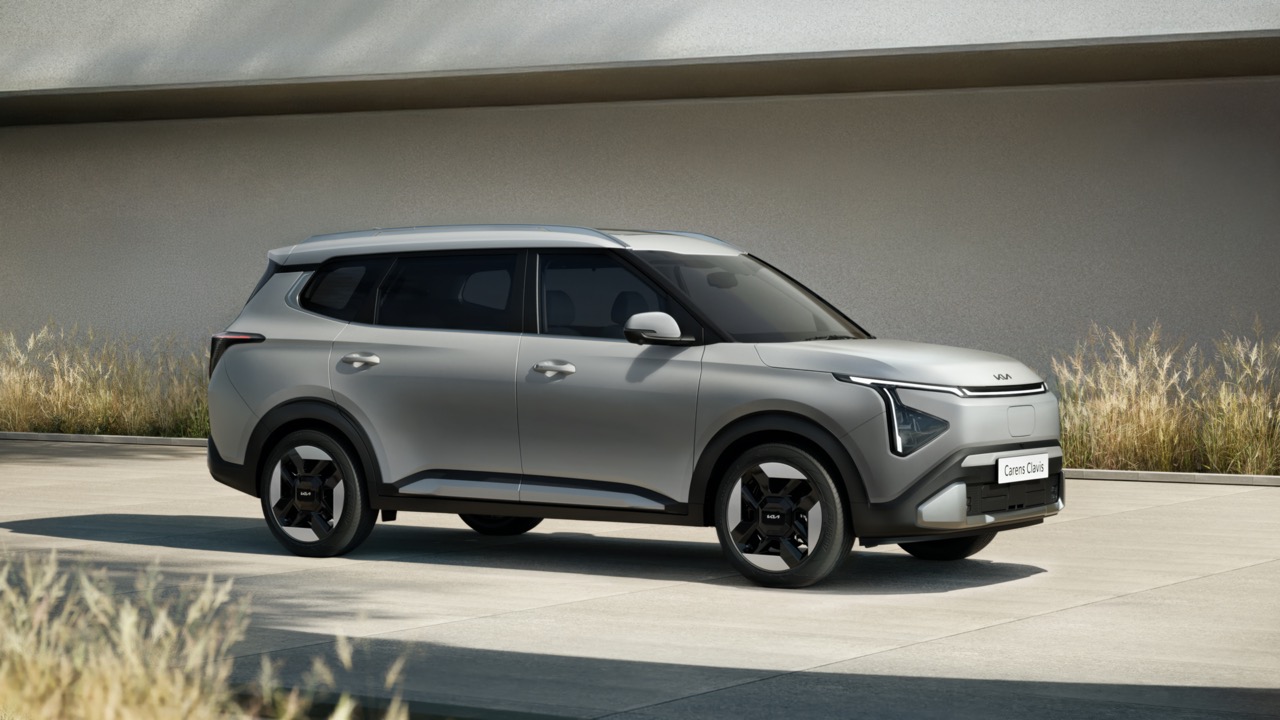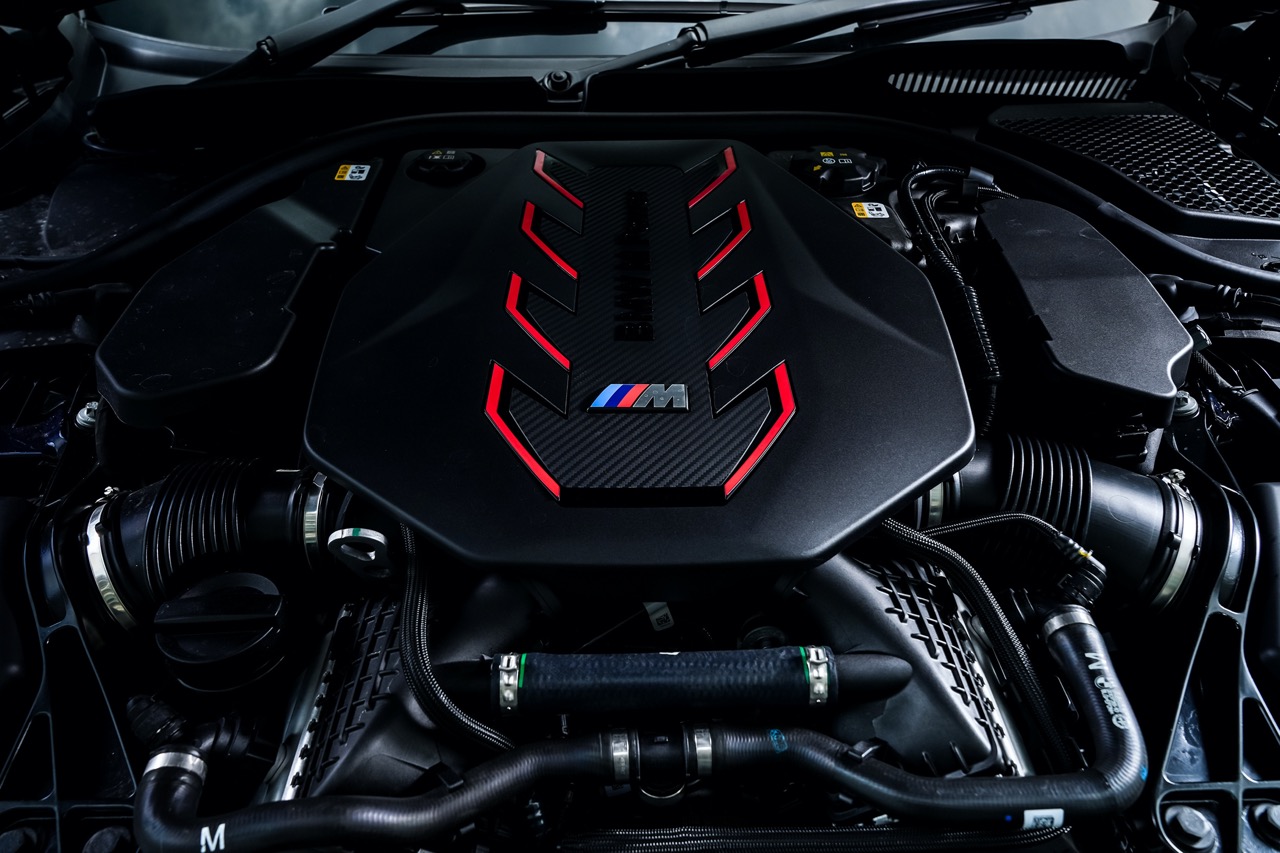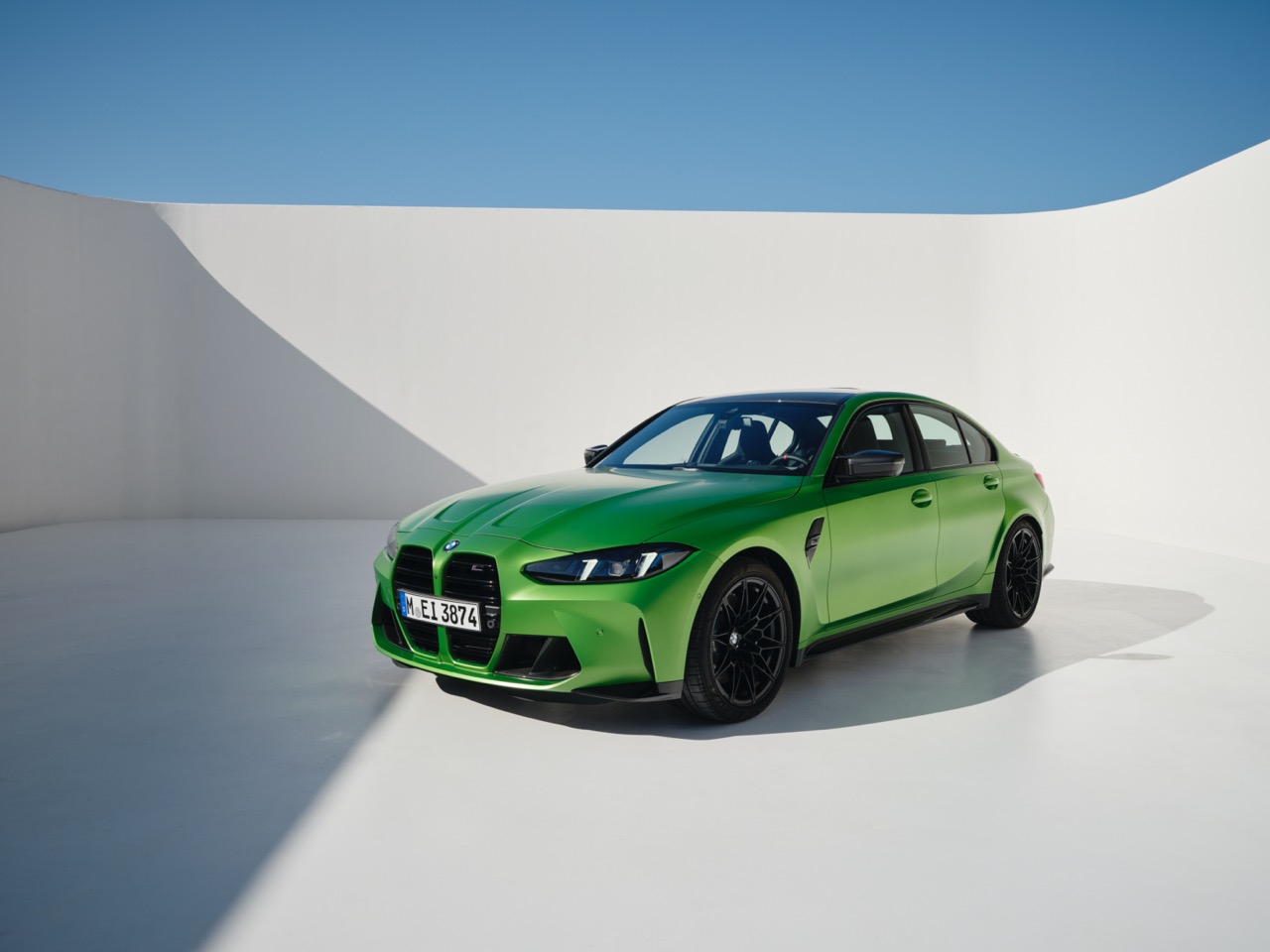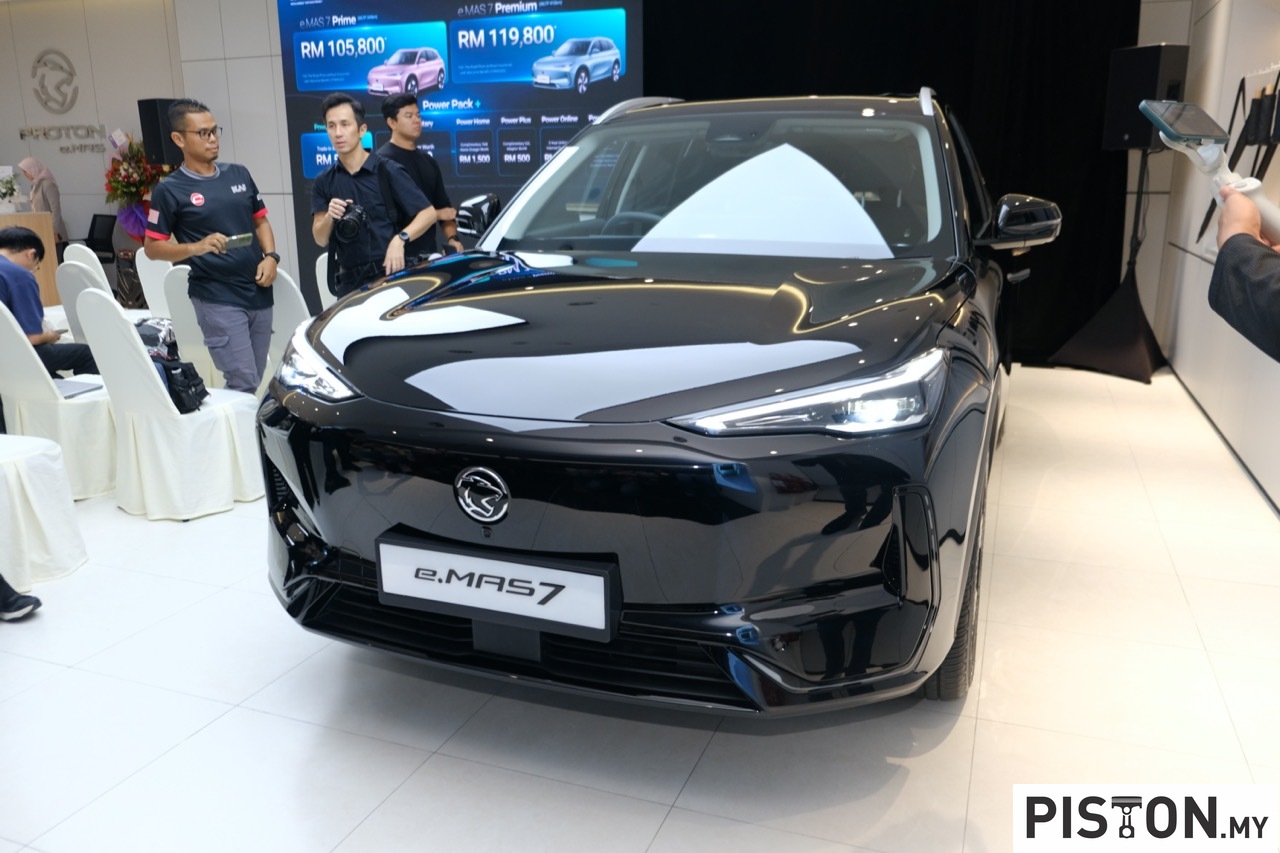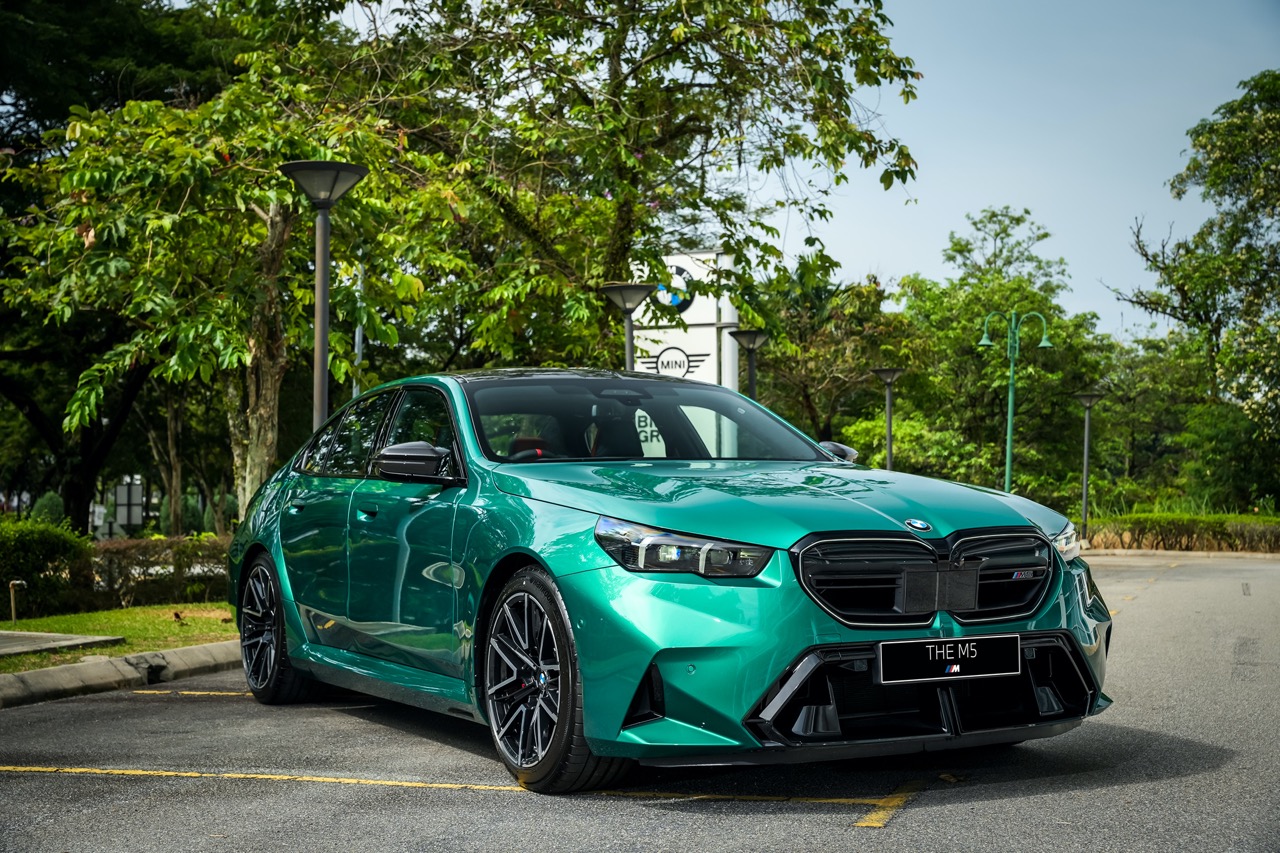At this year’s final round of the ‘League of Legends’ World Championship (a multiplayer online videogame) this weekend in San Francisco, Mercedes‑Benz will present details of its purely virtual showcar for the first time. Known as the Mercedes‑Benz Project SMNR (Summoner), the design of a sculptural two-seater coupe is characterized by its semi-transparent materiality.
Mercedes‑Benz will be the central part of the Riot Games Fan Village in San Francisco with the Mercedes‑EQ House. On an area of 250 square metres, the German carmaker will not only provide exclusive insights into the world of Mercedes‑Benz but also have the EQS SUV alongside the virtual showcar and the Championship Ring.
(more…)






